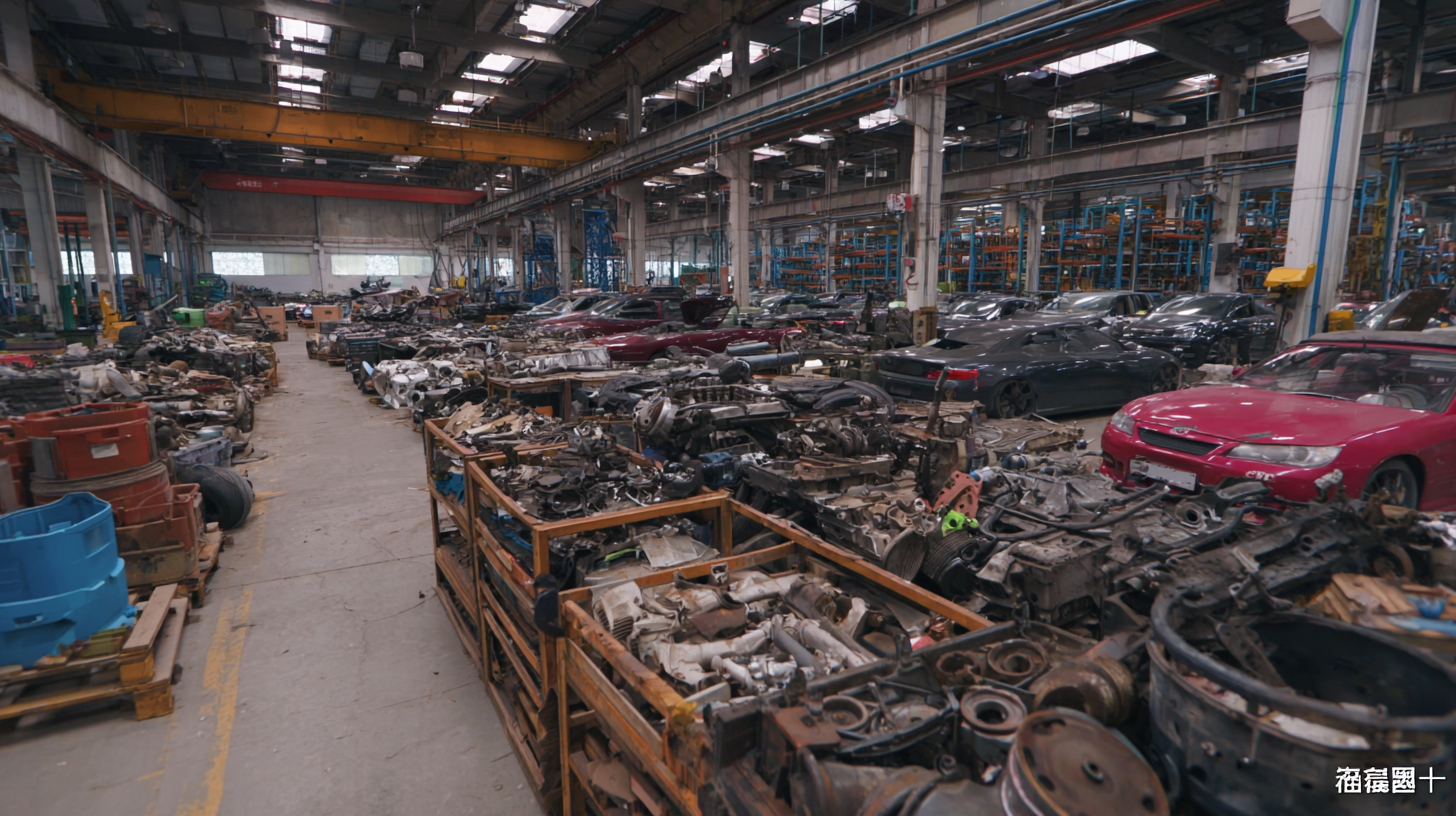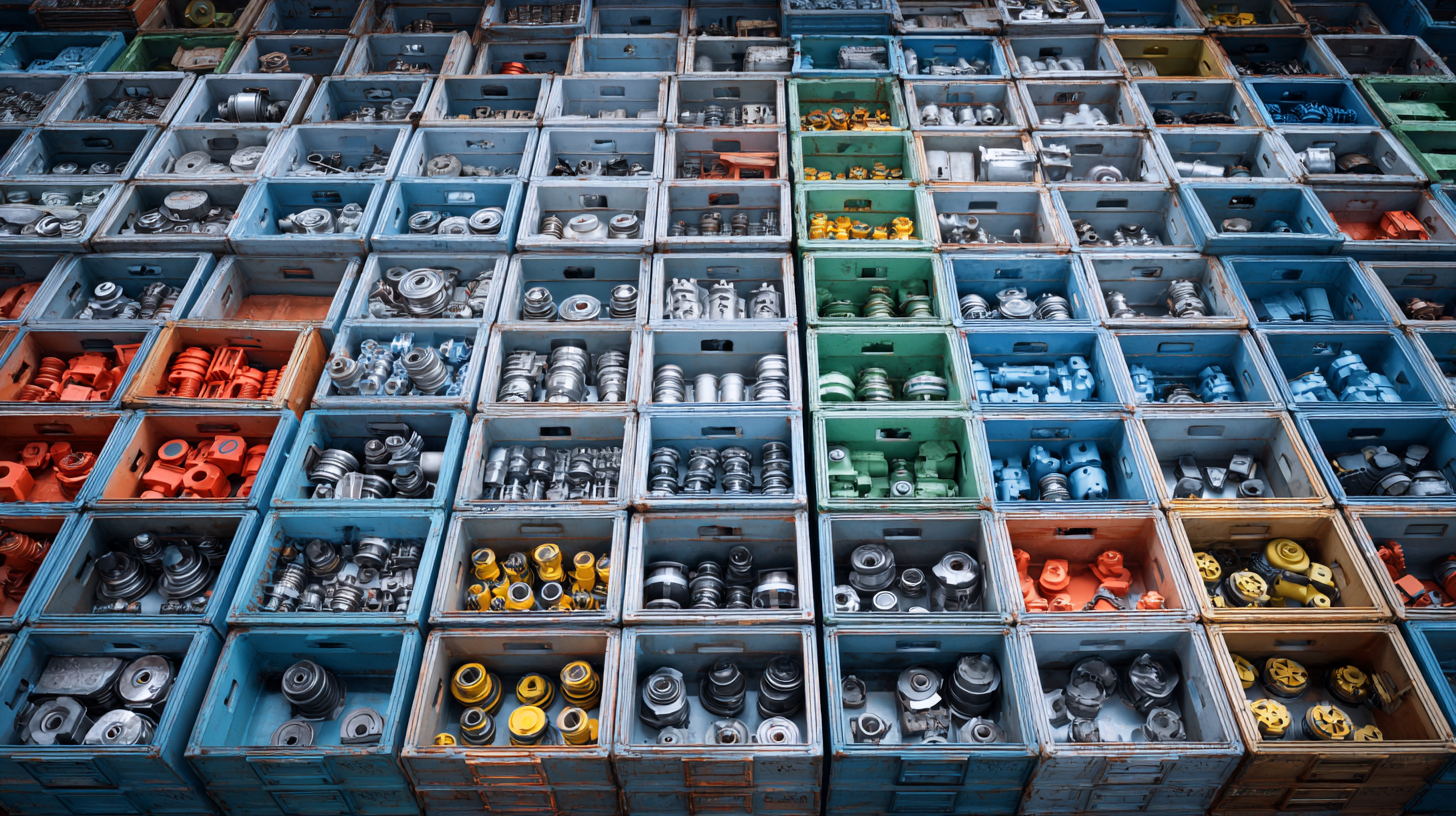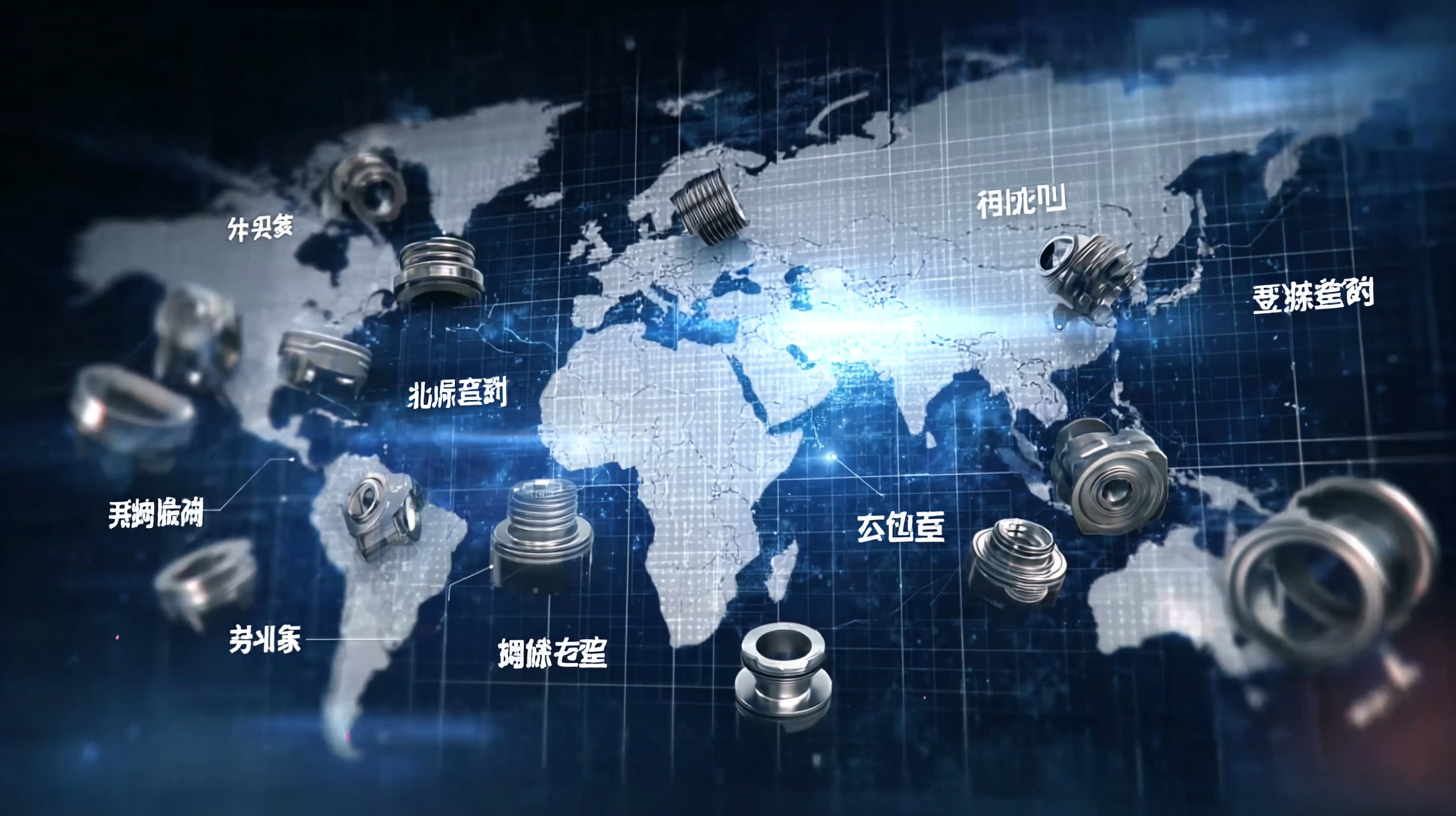Leave Your Message
-
Phone
-
E-mail
The global automotive parts market has witnessed unprecedented growth, driven by the increasing demand for quality vehicle components from emerging economies, particularly China. According to a report by MarketsandMarkets, the global automotive parts market is expected to reach USD 1 trillion by 2025, with a significant share attributed to high-quality manufacturers in China. These manufacturers not only set the standards for main components but also for other auto parts, ensuring that they meet international quality benchmarks. As automotive technology evolves towards greater efficiency and sustainability, selecting the right quality manufacturer has become crucial for businesses looking to compete on a global scale. This blog will delve into the strategies for choosing superior manufacturers and provide comparisons of leading players in the market, shedding light on how quality auto parts from China are poised to dominate the global landscape.

The rise of Chinese auto parts manufacturing in the global market has revolutionized the automotive industry, positioning China as a leader in quality and innovation. Over the past two decades, Chinese manufacturers have invested heavily in technology and infrastructure, allowing them to produce high-quality components that meet international standards. This shift has not only enhanced their reputation but has also attracted major automotive brands seeking reliable and cost-effective solutions.
As a result, many global automakers have formed strategic partnerships with Chinese suppliers, tapping into their ability to deliver specialized parts at competitive prices. The emphasis on quality control and adherence to global certifications has further solidified China's standing in the market. With an increasingly skilled workforce and a focus on research and development, Chinese manufacturers are not just participants but key players in shaping the future of the automotive landscape, pushing the boundaries of what is possible in vehicle performance and design.

The Chinese auto parts sector is poised for significant growth and innovation, driven by several key factors. According to industry reports, the automotive ball screw market is expected to reach a value of $494.47 million in 2024, growing to $624.31 million by 2032, reflecting a robust annual growth rate of 2.9%. This growth is fueled not only by rising demand within the domestic market but also by the increasing global push for electric vehicles, aligning with China's carbon neutrality goals.
Innovation remains at the forefront of this transformation. Since the launch of the national high-tech research initiative “863” in 2001, China has been consistently breaking through technical bottlenecks in the new energy vehicle sector. This commitment to research and development is critical, as companies continually seek to enhance the efficiency and performance of components such as battery management systems and electric drivetrains.
Tips for Industry Stakeholders:
1. Embrace Collaboration: Partnering with tech start-ups and research institutions can accelerate innovation and provide access to cutting-edge technologies.
2. Focus on Quality: High-quality standards not only meet domestic needs but also position products favorably in the global market.
3. Invest in Sustainability: Developing eco-friendly materials and processes can enhance product appeal and align with global sustainability trends.

The global automotive parts market has witnessed significant transformations in recent years, driven largely by the strategic partnerships formed between Chinese manufacturers and global brands. As of 2022, the global automotive parts market was valued at approximately $440 billion, with projections suggesting it could reach $640 billion by 2027. A considerable share of this growth is attributed to the collaborations initiated by Chinese firms that leverage their manufacturing prowess and cost-efficiency to provide high-quality components.
Many leading global automotive companies, including Ford and General Motors, have recognized the potential of Chinese suppliers. Reports indicate that over 70% of major automotive brands are now sourcing a significant portion of their parts from Chinese manufacturers. These collaborations not only enhance the supply chain's resilience but also allow global brands to tap into innovations emerging from China’s tech-savvy environment.
Initiatives like the Belt and Road Initiative (BRI) further bolster these relationships by improving infrastructure and logistics, making it increasingly feasible for Chinese manufacturers to compete on a global scale. As these partnerships evolve, they redefine the standards of quality and efficiency in the automotive industry worldwide.
Navigating the competitive landscape of the global auto parts market presents an array of challenges and opportunities. As technology and globalization reshape industries, companies must adapt to the fast-changing environment. The auto parts sector, significantly influenced by innovations in manufacturing processes and supply chain optimizations, faces geopolitical tensions that can disrupt trade flows and impact operational efficiency. Businesses are finding ways to leverage advancements in smart manufacturing and data analytics to enhance quality and reduce costs while addressing these external pressures.
Moreover, as the demand for electric vehicles (EVs) increases, auto parts manufacturers are presented with new growth avenues. This shift necessitates an evolution in product offerings, requiring investment in research and development to produce compatible parts for this emerging market. Companies that successfully navigate these trends can capitalize on the demand for environmentally friendly solutions, while those that struggle to adapt may find themselves at a disadvantage. In this dynamic landscape, the focus on quality and adaptability is paramount, making the ability to foresee market changes and respond effectively a critical factor for success in the global arena.
| Region | Market Share (%) | Growth Rate (2023-2028) | Key Challenges | Opportunities |
|---|---|---|---|---|
| North America | 35% | 4.5% | Regulatory Compliance | E-commerce expansion |
| Europe | 30% | 3.8% | Supply Chain Disruptions | Sustainable Practices |
| Asia-Pacific | 25% | 5.2% | Intense Competition | Technological Innovations |
| Latin America | 5% | 6.0% | Economic Instability | Emerging Markets |
| Middle East & Africa | 5% | 4.0% | Political Instability | Growing Automotive Sector |
China's auto parts industry has rapidly evolved, not only in volume but also in quality and sustainability. As global demand for eco-friendly practices rises, Chinese manufacturers are stepping up to meet international standards. Many companies are adopting innovative technologies and processes aimed at reducing waste and increasing the efficiency of resource use. This shift towards sustainable production is not just a response to market demands; it reflects a commitment to environmental stewardship that resonates with consumers worldwide.
Incorporating sustainability into their practices, Chinese auto parts suppliers are focusing on recycling materials, reducing emissions, and utilizing renewable energy sources. For instance, manufacturers are enhancing their supply chains to minimize the carbon footprint, implementing circular economy principles, and developing products that are easier to recycle. By setting these high standards, they are not only improving their competitiveness but also influencing global practices, demonstrating that quality and sustainability can go hand in hand in the auto parts sector. This proactive approach establishes China as a leader in the transition towards sustainable manufacturing on a global scale.
